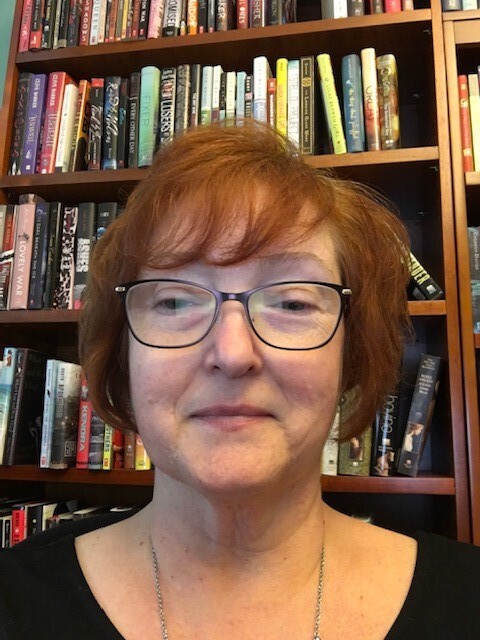James, 13
But, in that weird kind of synchronicity that sometimes happens, I had the students make multiple comments about the messages they received about what it means to be a writer, what writing should look like and who can be a writer. Azad says in her introductory note to Writing in Color,
"In my journey to becoming a published author, I was told more than once by teachers that I have no aptitude for writing and should think about doing something else. It felt like the writing world was an exclusive club and I had been denied entry. My experience was not uncommon. For reasons unknown, the very people who are supposed to encourage you and ensure you don’t give up very often become the obstacles you need to overcome to succeed” (pxii).
This quote stood out to me—because of the students, because of my own experiences as a writer, because of what I see as a teacher. Writing in Color is a powerful book to use with writers of multiple ages because it shows the struggles and challenges of writing, but it also shows the joy and the magic of language. The fourteen writers who have essays included in this book are all young adult authors of color. This is a book I will be using with my writing classes as well as my young adult literature classes. Additionally, I have started using it with the students in the writing group.
Here is the prompt that I developed based on the comments from students and Azad’s Introductory Note. I wanted students to think about their writing life and create a map or other visual representation.
Each person has a unique writing journey. Throughout our lives there have been various people, events, places, and pieces of writing that shape who we are as writers, although we are not always cognizant of them. By reflecting on our personal journeys as writers and mapping them out, we are not only able to trace our development throughout the years, but also see how some seemingly small events made a lasting impact.
Writing maps can include various landmarks. Consider the following when thinking about your journey as a writer:
- Historical Trail: What are your earliest memories of writing? What were your early experiences as a writer?
- Landmarks: What are the influential landmarks along your writing path (classes, books, people, experiences, etc.)?
- Stages: What have been the stages of your writing journey? How did you feel towards writing at different stages? Why did you feel that way? What have been your school experiences with writing? Your outside –of-school experiences with writing?
- Monuments: What pieces of writing stand out in your mind (proud of, loved, detested, etc.)? What have been your successes? Your struggles? What pieces of writing are monuments for you?
- Roadblocks: Where do you stumble when you write? What roadblocks have you encountered along your writing journey?
- Pitfalls: What keeps you from writing? What pitfalls to you have to watch for as a writer?
- Detours: What pulls you away from writing? What distracts you? When have you been distracted from a writing goal?
- Bridges: What or who have served as inspirations or long-distance instructors for you as a writer? Have you read a book or a poem and tried out something new based on it? Have you heard someone talk about writing or dreams and been inspired?
- Future: What do you see in your future as a writer?
- Layout: The layout and terrain of your map should mirror the journey that you have taken. It may be easy to follow or it may be winding with numerous detours?
Creating Your Writing Map
Think about the categories listed above. How have those specific areas shaped your development as a writer?
Look at each of categories listed above and think about how those specific areas shaped your development into the writer that you are. It’s important that you not only include the scenic landmarks, but also any detours along the way.
- Freewrite or brainstorm ideas for each category.
- Create a visual map of your writing life using paper, art supplies, or digital media. Your goal is to create a visual or digital representation of how you became the writer that you are and want to be.




 RSS Feed
RSS Feed